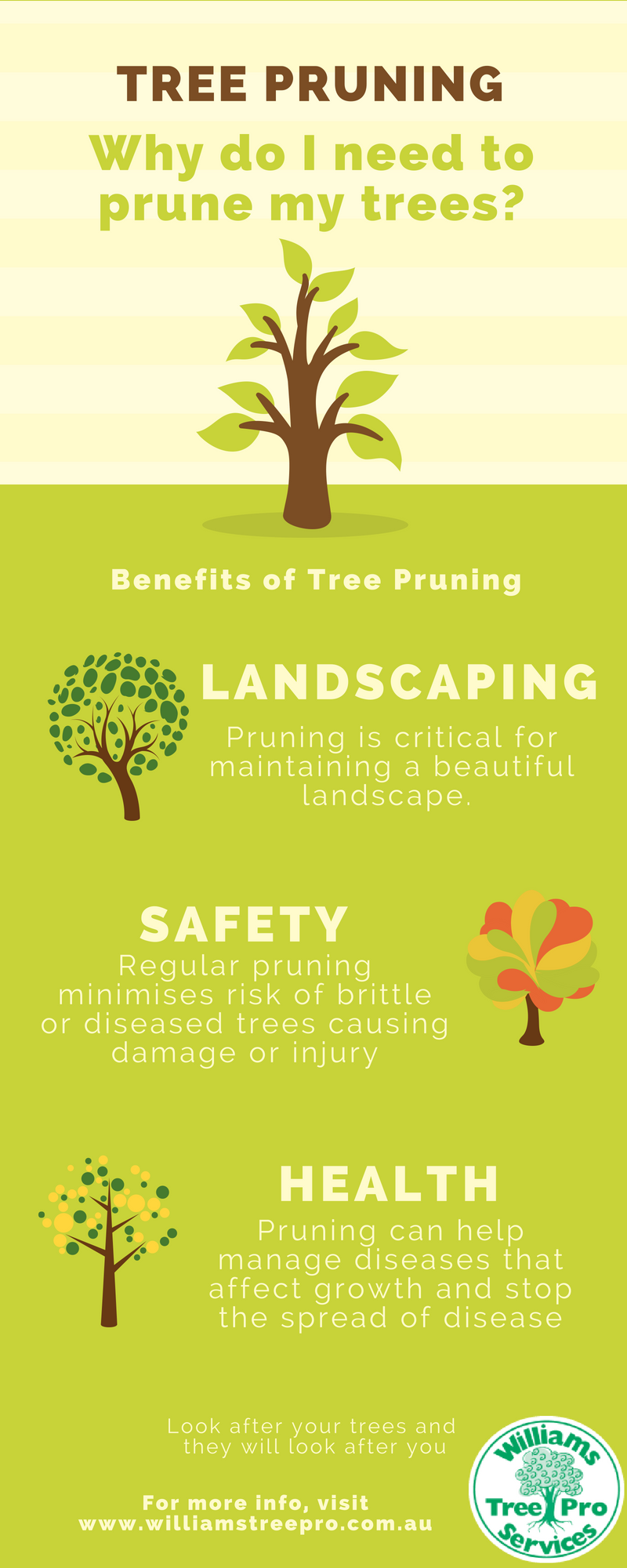When it pertains to producing a landscape that flourishes, grasping the art of tree pruning is a must. Visualize being able to sculpt your trees with accuracy, ensuring their vigor and beauty for years to find. By finding out growth property for correct cuts, timing, and architectural training, you hold the trick to a growing outdoor space that will certainly thrill all who encounter it. Yet just how do these pruning techniques genuinely affect the health and wellness of your trees and the overall landscape visual?
Proper Pruning Cuts for Tree Health And Wellness
When it involves keeping the health and wellness of your trees, making correct pruning cuts is necessary. Inaccurate cuts can lead to illness, insect infestation, and general tree decline. To make certain the vitality of your trees, constantly begin by utilizing sharp, tidy tools to make exact cuts.
Begin by recognizing the branch collar, a puffy location where the branch connects to the trunk. Reducing just outside tree removal near me advertise proper recovery and reduces the danger of infection. Stay clear of leaving stubs as they can invite parasites and diseases into the tree.
Keep in garden work to make cuts at a mild angle, sloping far from the trunk, to prevent water from merging on the wound. Furthermore, eliminate any kind of dead, damaged, or going across branches to boost air circulation and sunshine infiltration.
Timing and Regularity of Trimming
To keep the health and wellness and framework of your trees, comprehending the ideal timing and regularity of pruning is essential.
The best time to trim trees is commonly throughout the dormant period in late winter season or very early spring. Trimming during this period aids promote new growth once the tree begins budding in the spring.
Nevertheless, some trees, like spring-flowering ones, are best trimmed right after they end up blooming to prevent cutting off next year's flower buds.
Routine trimming is vital, yet the frequency depends upon the tree species and its growth price. For click web page , an annual assessment to eliminate dead, unhealthy, or crossing branches is recommended. Young trees might require more frequent pruning to establish a solid framework, while mature trees might just need maintenance pruning every couple of years.
Prevent trimming throughout the autumn when illness are much more quickly spread, and refrain from hefty trimming throughout the summer when the tree is proactively growing.
Training Young Trees for Framework
For establishing solid and healthy trees, training young trees for optimal structure is important. By shaping a tree when it's young, you established the structure for a strong and visually enticing mature tree.
Begin by determining the main leader, which is the major upward-growing branch. Motivate the central leader's development by pruning away completing leaders, helping the tree develop a strong main trunk. Additionally, eliminate any type of branches that grow internal or downward, as they can trigger architectural problems as the tree expands.
It is necessary to room out lateral branches evenly around the trunk to promote balanced development. As the tree grows, continue to monitor its development and trim as needed to keep its form and framework.
Correctly trained young trees are much less most likely to develop weak crotches or overcrowded branches, lowering the threat of damages during storms. Spending time in training young trees will certainly pay off with a magnificently structured and resistant tree in the future.
Verdict
Since you have understood the essential techniques of tree pruning, your landscape gets on its way to flourishing. By utilizing sharp tools, making accurate cuts, and appropriately timing your pruning sessions, you are making sure the health and long life of your trees. Remember to on a regular basis check and keep your trees to maintain them thriving. With your newfound expertise, your landscape will certainly remain to expand magnificently for several years to find. Keep up the great work!
